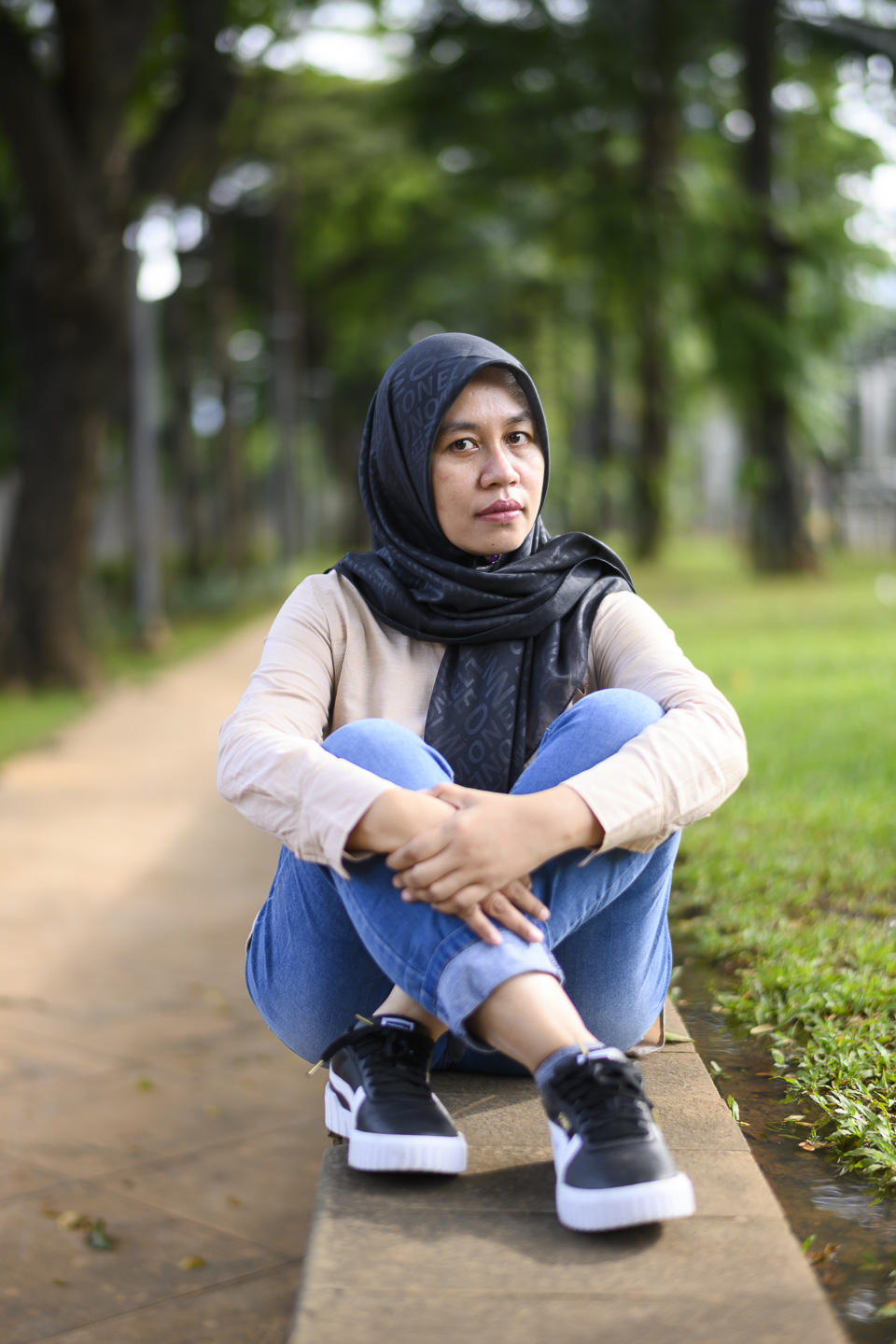March 23, 2022
This is a personal essay by Ani Herna Sari, a tuberculosis advocate in Indonesia.

I gave birth to my first child alone in an isolation room with glass walls. Moments after he was born, my son was whisked away to the hospital nursery, and I didn’t see him again for five days. During that time, I was in a different isolation unit, struggling to recover from a c-section and wondering who was taking care of my newborn. Was he getting enough to eat? Was anyone holding him when he cried? I’ve never felt such pain and powerlessness in my life.
While many women have experienced versions of this trauma while giving birth during the COVID-19 pandemic, my story is about a different deadly airborne disease that’s rarely in the news: tuberculosis.
Until COVID-19 hit, TB – which typically attacks the lungs — was the leading infectious disease killer in the world. It is present in every country. In 2020, it infected 10 million people and killed 1.5 million, second only to COVID-19. My country, Indonesia, has the third highest TB burden in the world, with 840,000 new cases every year.
It doesn’t have to be this way. TB is mostly curable, but the world needs to make ending this epidemic a priority and vastly scale up investments in prevention, diagnostics and treatment. My own story is a testament to that.
When I contracted TB in 2011, I had just gotten married. I thought I had a cold that wouldn’t go away. One doctor told me I was allergic to the air in Indonesia, while another said I needed to move to another country to recover, like New Zealand. Yet another doctor did an x-ray that revealed a spot on my lung that was indicative of TB, but a TB test came back negative. Perhaps because of this discrepancy, the doctor prescribed TB drugs, but a smaller-than-typical dose. A few months later, I was coughing up blood. I was subsequently diagnosed with a much more virulent form of the disease that is resistant to the most common treatments: multidrug- resistant (MDR) TB.
Much like not finishing a course of antibiotics can lead to antibiotic resistance, not finishing or taking the wrong dose of TB drugs can lead to MDR-TB, which is successfully treated only 59% of the time. In plain terms, that means each MDR-TB patient endures months and even years of grueling treatment knowing there is a 40% chance they won’t even survive.
In my case, I went to the hospital every day for injections and swallowed handfuls of pills that caused extreme pain and vomiting. I had to quit my job as a university lecturer. MDR-TB felt incompatible with life as I knew it.
And then, in February 2011, four months after starting the MDR-TB treatment, I found out I was pregnant. I could barely keep any food down, much less the 12 pills I had to swallow as part of my treatment. I was so scared that my baby would be harmed – either by the disease or the treatment itself.
My water broke when I was 8 months along. By then, I was still on treatment, but my TB tests were coming back negative. I was no longer considered contagious. When I arrived at the emergency room and disclosed my status, I expected that I would probably be separated from other patients as a precaution, but I did not expect to be treated like a total pariah. I did not expect to be yelled at by nurses, put on display in a glass room in my most vulnerable moments, separated from my baby and then ignored by the doctors who were supposed to be caring for me.
I’m speaking out now because I don’t want other women to go through what I went through. No one should feel ashamed or face discrimination because they have TB. Everyone should have access to quality care and treatment, especially pregnant women with the disease, who face higher risks of mortality, premature birth and other complications.
It will take a multifaceted effort to end the TB epidemic for good. We need big investments to develop new, more effective vaccines and make shorter, less onerous treatments widely available. We need better access to diagnostic tools so people are not misdiagnosed and suffer devastating consequences like I did.
The need is even more urgent because the COVID-19 pandemic has caused major disruptions in TB programming and treatment throughout the world. But this fall, we have a chance to restart progress against TB when world leaders meet in Washington, DC to make funding commitments to the Global Fund to Fight AIDS, Tuberculosis and Malaria for the next three years. I urge world leaders to make the investments we need to keep moving forward. But I also hope all of us will take a moment to ask why TB still exists as an epidemic in so much of the world when we know what it will take to end it. It’s about time for us to have the collective will and courage to make this disease truly a thing of the past.
